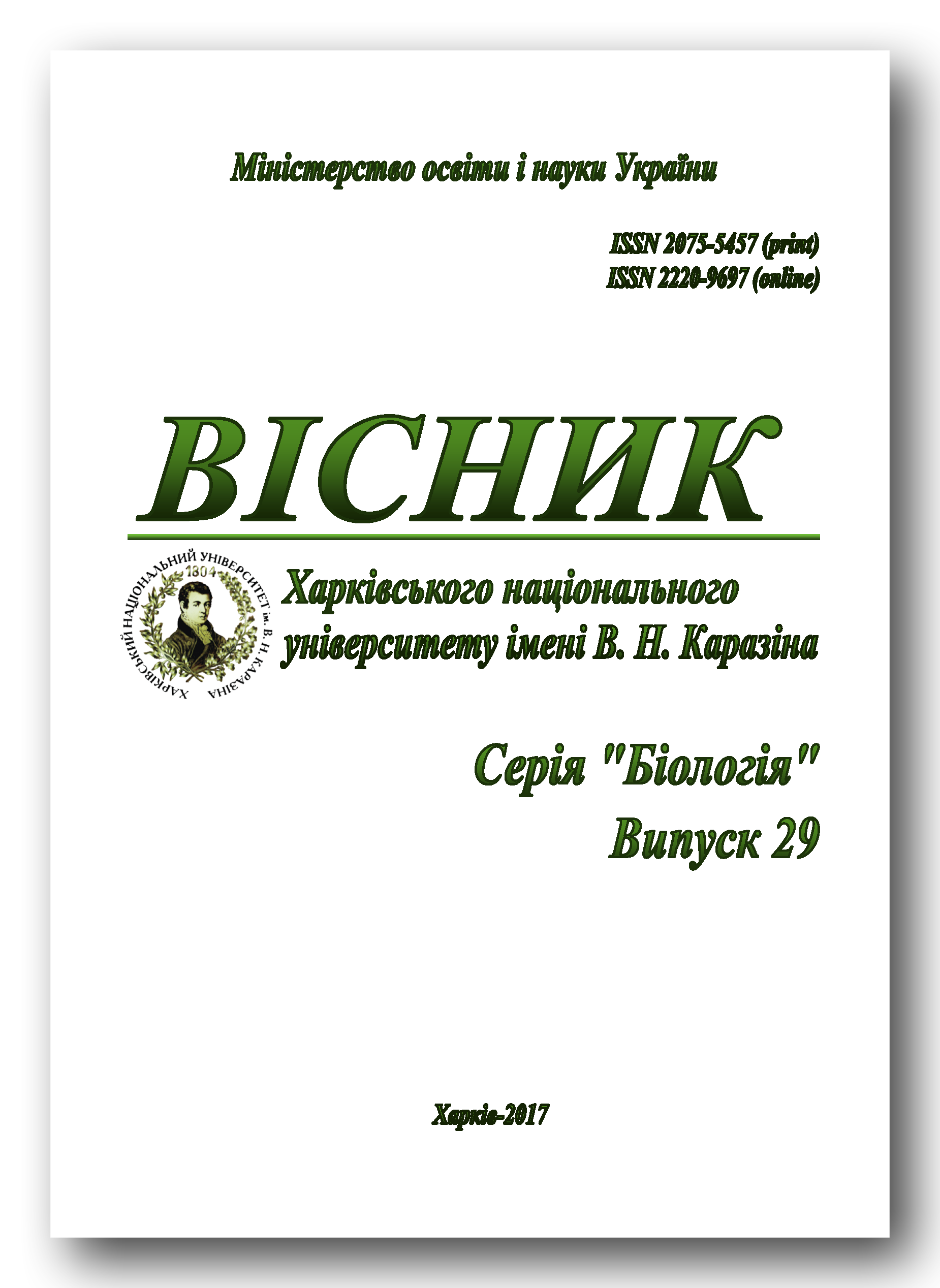Factor structure of functional abilities of sportswomen aged 17–22 during the ovarian-menstrual cycle
Abstract
The factor structure of functional abilities of sportswomen of 17–22 years during the ovarian-menstrual cycle has been studied. A model of correlation of the components of physical development, energetic level and general efficiency of organism, functional state of brain, cardio-vascular and respiratory systems has been worked out, which explains the nature of cause-effect relationships of the factors mentioned, mutual correlation of initial indicators and major part of their dispersion. That is, in menstrual, post-ovarian and pre-menstrual phases, the general unipolar factor included the indicators of physical efficiency and energetic level of organism with a contribution to the sample total dispersion of 13.8, 13.9 and 13.7% respectively. Such close correlation of indicators proves the important role of functional state of both aerobic and anaerobic systems in achieving high results while physical loading performing. In ovarian phase of ovarian-menstrual cycle, in the general factor to the indicators of physical efficiency and energetic level of organism added anthropo-physiometric and weight-growth indicators with a contribution to the sample total dispersion of 15.8%. The most contribution into the factor structure is done by the indicators of physical effectiveness and energetic level of organism, the second place occupy the indicators of variational pulsometry and physical development, the indicators of cardio-vascular and nervous system have the least influence.
Downloads
Authors retain copyright of their work and grant the journal the right of its first publication under the terms of the Creative Commons Attribution License 4.0 International (CC BY 4.0), that allows others to share the work with an acknowledgement of the work's authorship.




